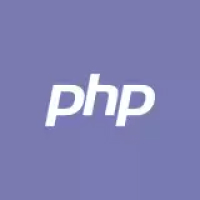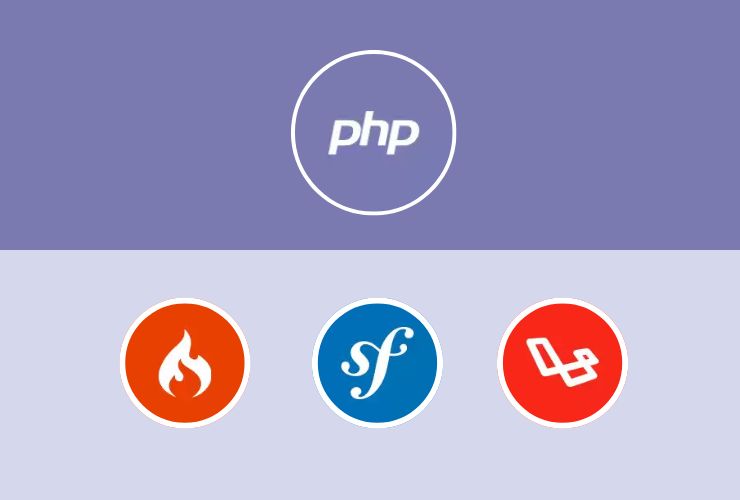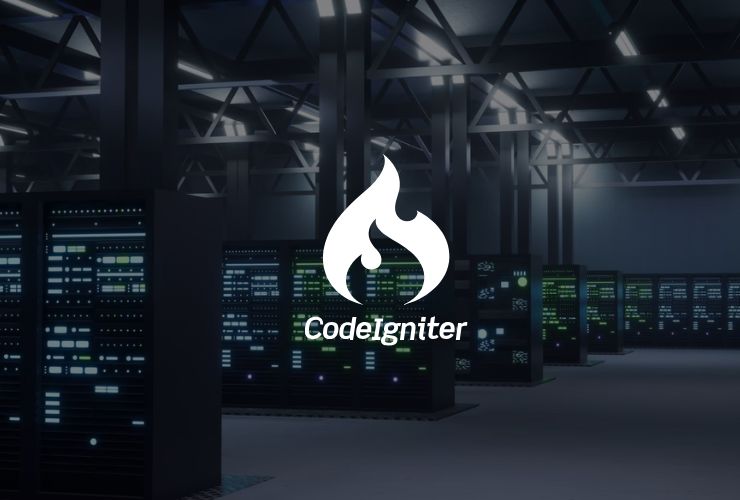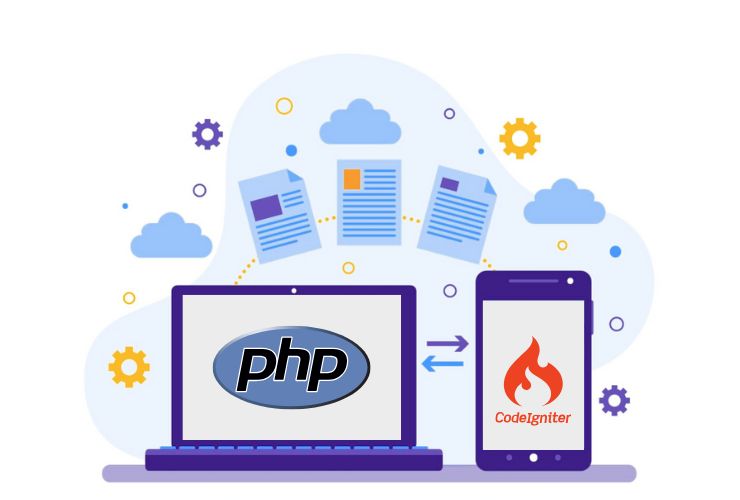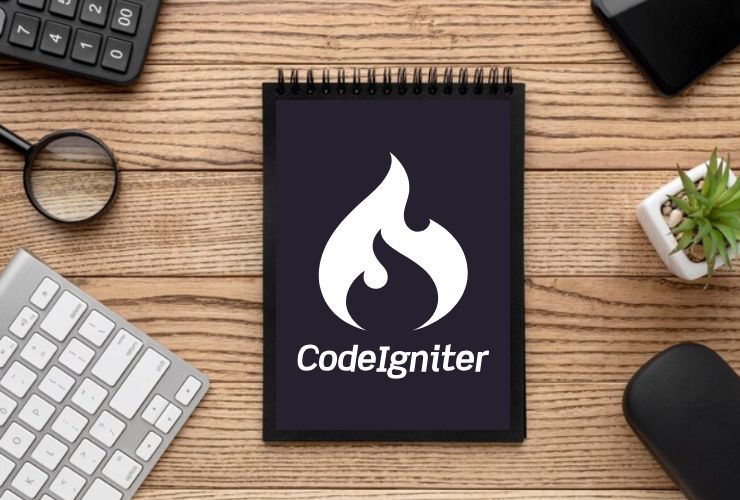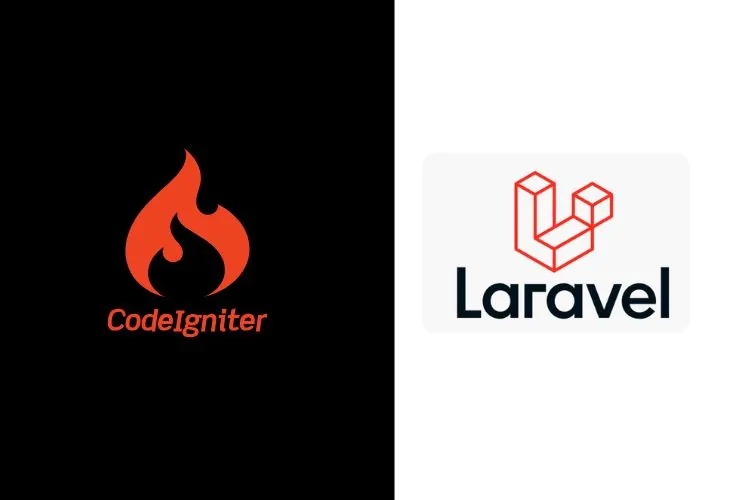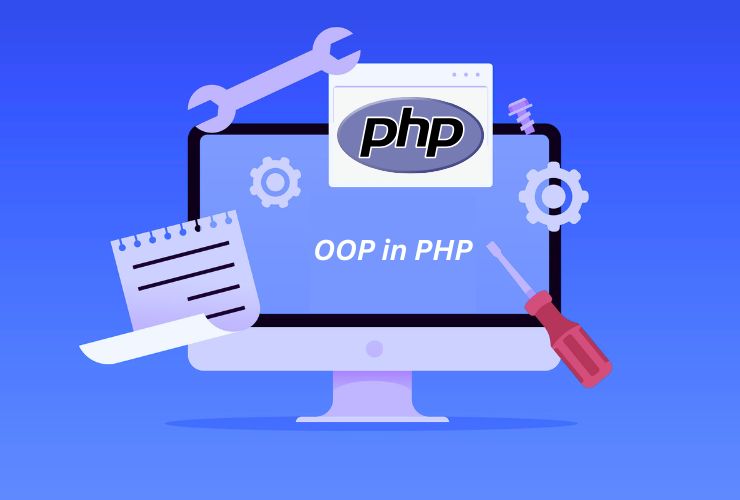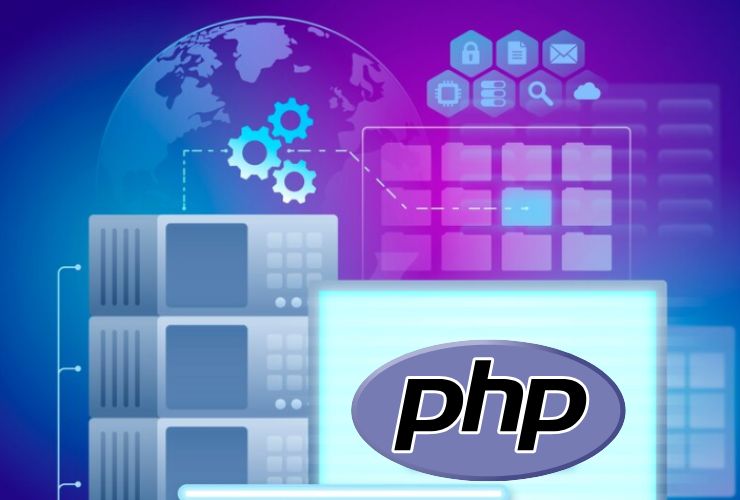Performance is one of the cornerstones of a successful web application. As user expectations to be fast and responsive continue to grow, PHP developers have to follow efficient practices to minimize backend loads and webpage loads. One of the most trustworthy ways of achieving that is caching—a system that stores reusable data and pre-compiled code so that they don’t need to be processed again and again. Caching enables applications to deliver content faster, service more customers at once, and do so economically.
We will explore further on the top PHP caching methods in regards to how they each benefit application performance, scalability, and customer satisfaction.
1. Opcode Caching
PHP is compiled and interpreted into bytecode (opcode) when it is executed as a PHP script and then interpreted by the Zend Engine. All of this is time- and resource-consuming, especially on high-traffic websites. Opcode caching circumvents this frequent compilation by storing the compiled bytecode in shared memory. Subsequent calls for the script have PHP simply run through the cached opcode, which is significantly quicker.
Real-world benefit: There are more concurrent users being served by pages with lower latency, thus opcode caching benefits small blogs and big applications equally. OPcache, which ever since PHP 5.5 has been a built-in feature, is now a default feature for opcode caching and is supported by all the hosting companies.
2. Data Caching
Data caching is storing the outcome of costly computation, such as database queries or third-party API calls. Rather than re-executing the same query or API call over and over again, the application looks for the cached result in memory that was previously fetched.
Use cases are:
- Rendering the same list of products across different pages
- Rendering popular blog posts fetched from a database
- Fetching the same user session data again and again
By caching this data, developers can more effectively reduce the burden on their databases and enhance performance overall. Memcached and Redis are most commonly used to do this, offering speedy, scalable, and persistent memory storage solutions that are PHP-friendly.
3. Page Caching
Page caching goes one step ahead by storing the entire output of the rendered pages. What this means is that when a user is accessing a highly viewed page, the server can serve the cached version without executing a single line of PHP or even accessing the database. It’s very useful in high-traffic or content-dense sites with mostly static data.
The advantages are:
- Zero-latency page loads for the visitors
- Less CPU and memory consumption
- Increased throughput in the presence of high traffic
Most frameworks and content management systems (CMSs) include page caching out of the box, and hand-coded PHP programs can do the same through straightforward logic to render and execute cached HTML pages.
4. Object Caching
PHP object-oriented programming-based applications have a tendency to generate a large number of instances of classes and objects. Object caching helps developers cache such instances in memory rather than remake them on a request-by-request basis. This is useful in handling complex data models, large datasets, or rarely changing configurations.
For example, retrieving a list of products from a database and converting it into an object tree is an costly operation that can be cached. Caching objects is mainly used in contemporary frameworks such as Laravel or Symfony and accompanies external services such as Redis for persistency and rapid access.
5. Fragment Caching
Partial cache or fragment caching saves only portions of a page—sidebars, headers, menus, widgets, etc. It is high-grained level control and is useful when certain areas of the page update more frequently than others.
This method permits dynamic content to be recomputed as needed and the stable parts to be served up from cache. As an illustration, a blog home page may have a stable header and footer, but dynamically changing list of recent posts. Fragment caching allows these areas to be treated separately, without incurring the cost of decreased freshness.
6. HTTP Caching (Browser and CDN)
Aside from server-side caching, it’s also possible for developers to implement browser and CDN-level caching using HTTP headers. This involves telling browsers cache static resources such as images, styles, and scripts so that they are not downloaded repeatedly and loads are enhanced.
In addition, use of a Content Delivery Network (CDN) relies on caching copies of your website on global servers, reducing latency for international users and offloading bandwidth from your origin server.
In order to leverage HTTP caching, one must configure headers like:
- Cache-Control to specify expiration policies
- ETag for conditional GETs
- Expires to specify validity duration
Browser caching and CDNs work best for scale performance optimization as they will most likely yield enormous leaps in page speed score and bounces.
Choosing the Right Caching Strategy
Not all caching strategies are suited for all cases. For example, a high-frequency changing data application would be served more effectively by fragment caching than by full-page caching. Similarly, static marketing pages with minimal changing content can benefit significantly from page and HTTP caching.
While selecting a caching mechanism, remember:
- The nature of your content (static or dynamic)
- The amount of updates
- Traffic volume
- Your hosting environment and scalability needs
Applying multiple levels of caching—such as a combination of opcode, data, and HTTP caching—tends to give the best results, trading off performance benefits against flexibility.
Conclusion
Caching is a powerful tool for PHP developers to boost performance and reduce server load. It keeps compiled scripts in memory, caches database queries, and serves static files via a CDN. This helps applications respond faster and handle more users using less hardware.
Time spent learning and applying caching can lead to long-term performance improvement and improved application health. PHP developers use practices like opcode caching, data caching, and page caching to build high-performance applications. These methods help create scalable apps that meet current web user demands.


